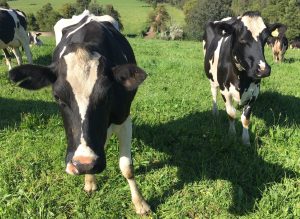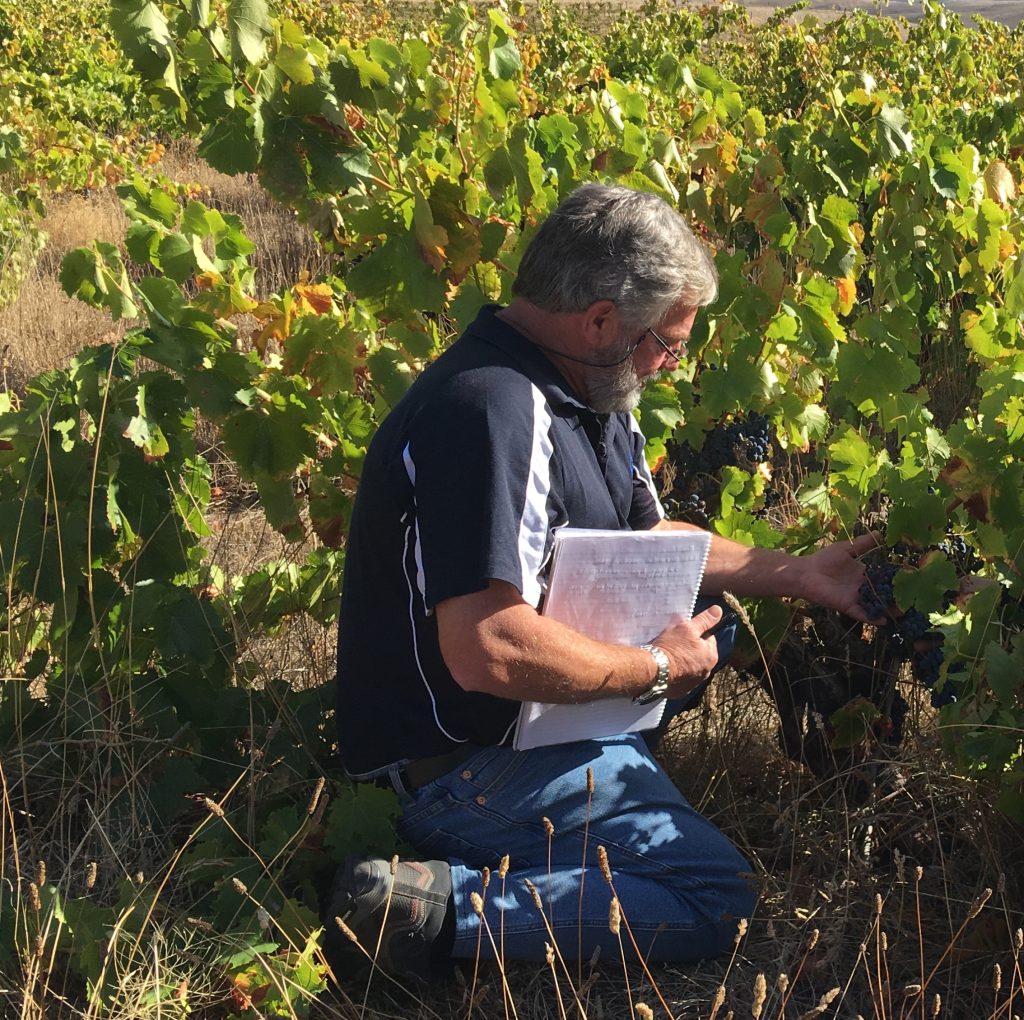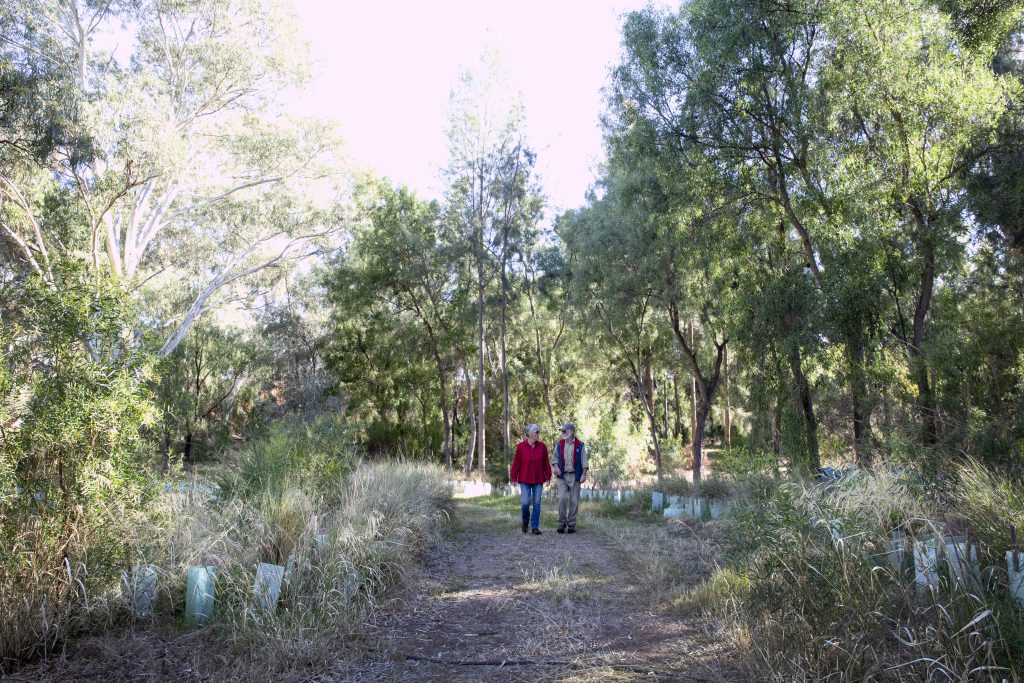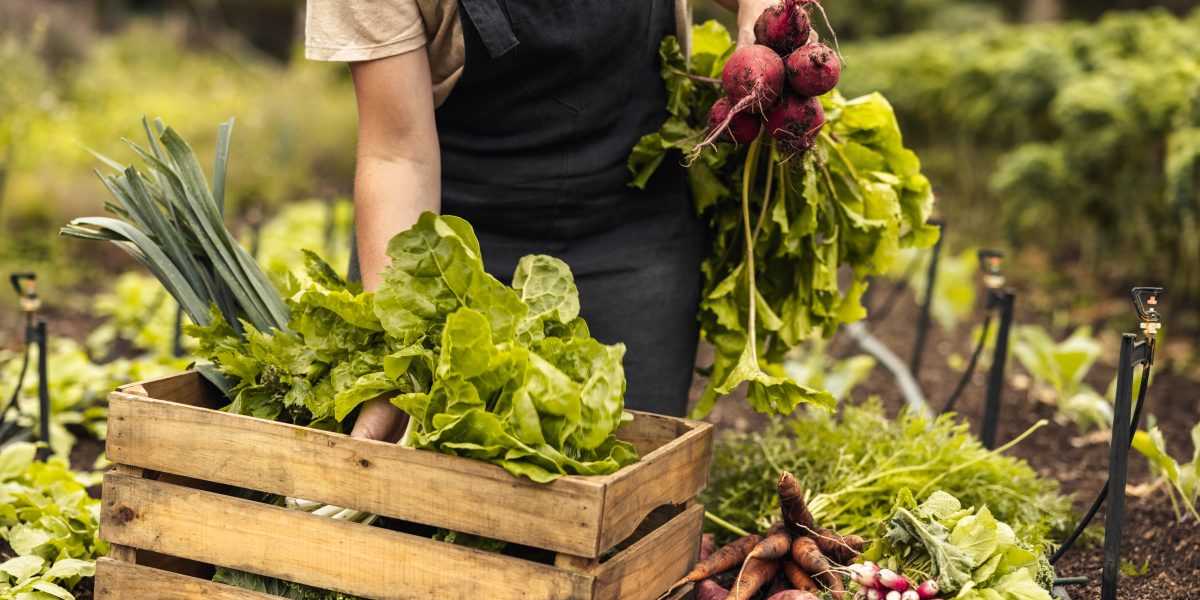What are the commercial advantages of organic farming?
The 2019 world market for Certified Organic products has grown to a value of around $140 billion and in Australia to around $2.6 billion.
When reviewing research, it is important to keep in mind that results are often heavily dependent on the skills of the farmer and the local climatic and environental conditions.
Research from the Dalhousie University Organic Agriculture Centre of Canada demonstrates that the gap in measured output product between Certified Organic agriculture and conventional agriculture is closing rapidly and in many cases exceeding the productivity of conventional and GMO-dependent agriculture.

United Nations organic research

The conclusion of a paper published by the UN’s Food and Agriculture Organization in 2009, authored by Noémi Nemes, examined the results of more than 50 studies that compared the economics of organic and conventional agriculture.
As a general rule, the UN research indicated that organic farming experiences higher prices with lower input costs than conventional farms, which is often offset by lower productivity in the first few years.
- Yields – American studies showed that in wetter areas (e.g., the Corn Belt), conventional yields are higher than organic, but in dry areas, organic yields surpass conventional. In developing countries, organic yields are generally higher than conventional, but are much higher under less favourable conditions (e.g. drought). When comparing relative yield and composition of vegetables over 12 years, conventional farms yielded 24% more, but organic vegetables had 28% higher dry matter.
- Quality – Organic produce has been found to have higher levels of vitamins, minerals, healthy fatty acids and phytonutrients.
- Production cost – Production costs are generally lower for organic farms. Most European studies found that variable (operating) costs are 60–70% lower but fixed costs were higher, compared to conventional farms. Overall, the total production costs of organic farms were lower in the studies.
- Labour – Labour costs, however, are often greater on organic farms. European studies found labour costs to be 10–20% greater than on comparable conventional operations.
- Debt – Conventional farmers have significantly higher debt loads than organic farmers, particularly those in developing countries.
Rodale Institute Organic Research
The Rodale Institute’s research program involves nearly 40 years of organic/conventional farming comparisons. The Farming Systems Trial (FST)® at Rodale Institute is America’s longest running side-by-side comparison of organic and conventional agriculture which began in 1981.
Among the many advantages, it has found that organic farming systems:
- yields match conventional yields after a five-year transition
- outperforms conventional farming in years of drought by up to 40%
- earns 3–6 time greater profit for farmers
- leaches no toxic chemicals into waterways
- uses 45% less energy
- releases 40% fewer carbon emissions
- water volumes percolating through soil were 15–20% higher than the conventional systems
- systems are more profitable than conventional ones.

Operators considering organic farming

Operators considering organic farming systems should weigh up all factors and become fully informed before moving to a fully organic system of production.
If you are interested in moving to organic farming systems, set up a trial area within your production unit.
If you are simply motivated by the promise of high margins and profits, organics is not for you.
Further reading and organic farming research
- Canadian Organic Science Cluster – Is organic farming more profitable?
- National Geographic – We don’t have enough organic farms. Why not?
- European Commission & ARC 2020 – Organic versus conventional farming, which performs better financially?
- PNAS – Financial competitiveness of organic agriculture on a global scale
- PNAS – Organic profitability around the world.
 THE NATIONAL ASSOCIATION FOR
SUSTAINABLE AGRICULTURE AUSTRALIA
THE NATIONAL ASSOCIATION FOR
SUSTAINABLE AGRICULTURE AUSTRALIA
